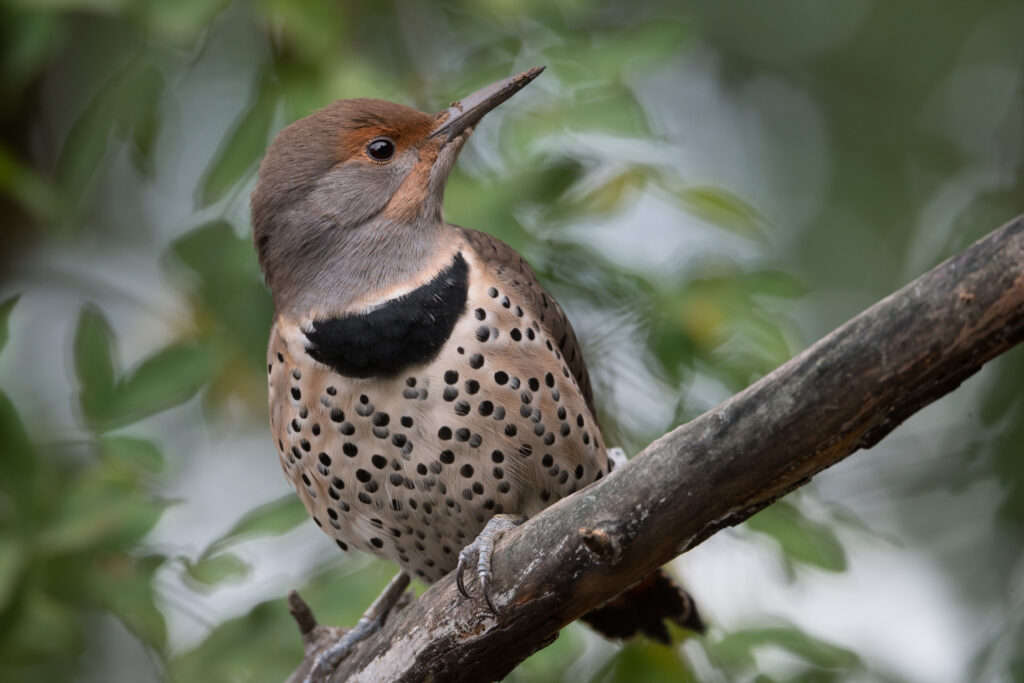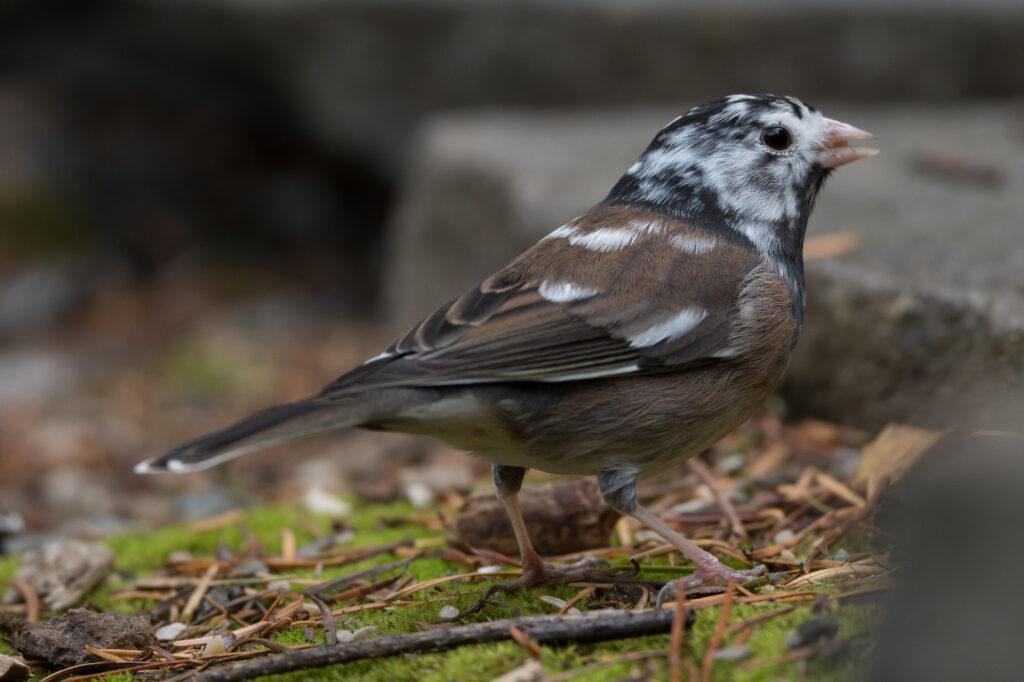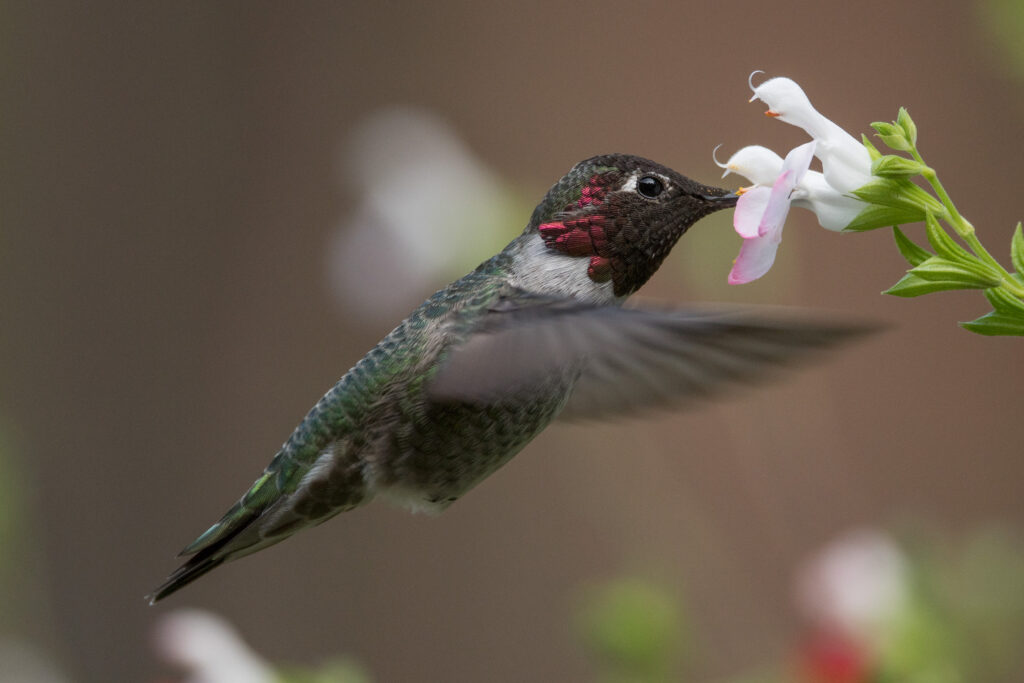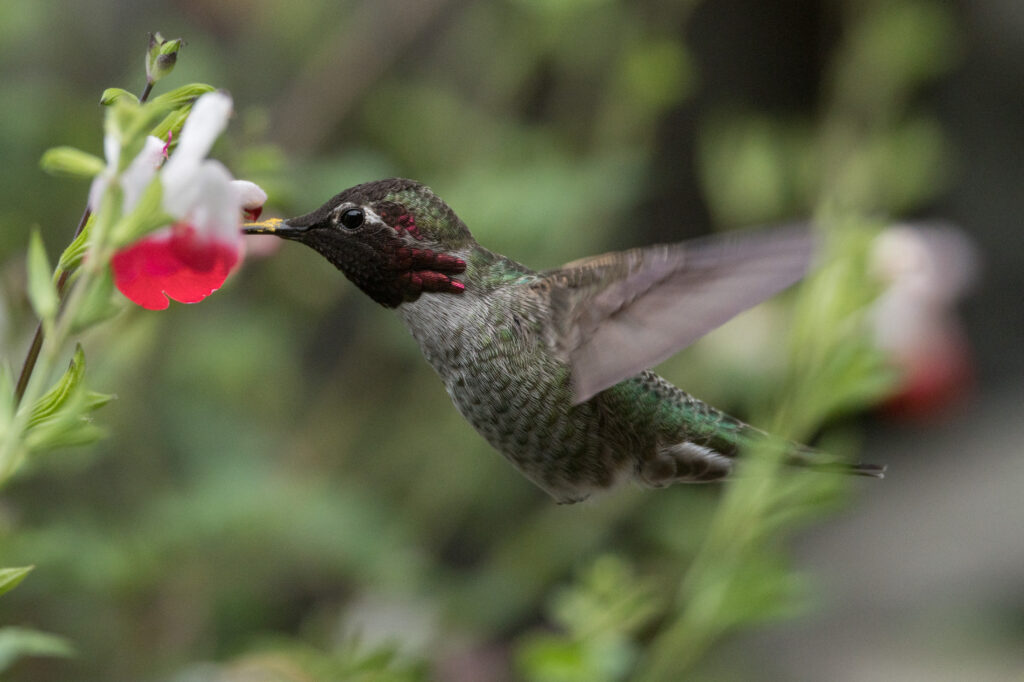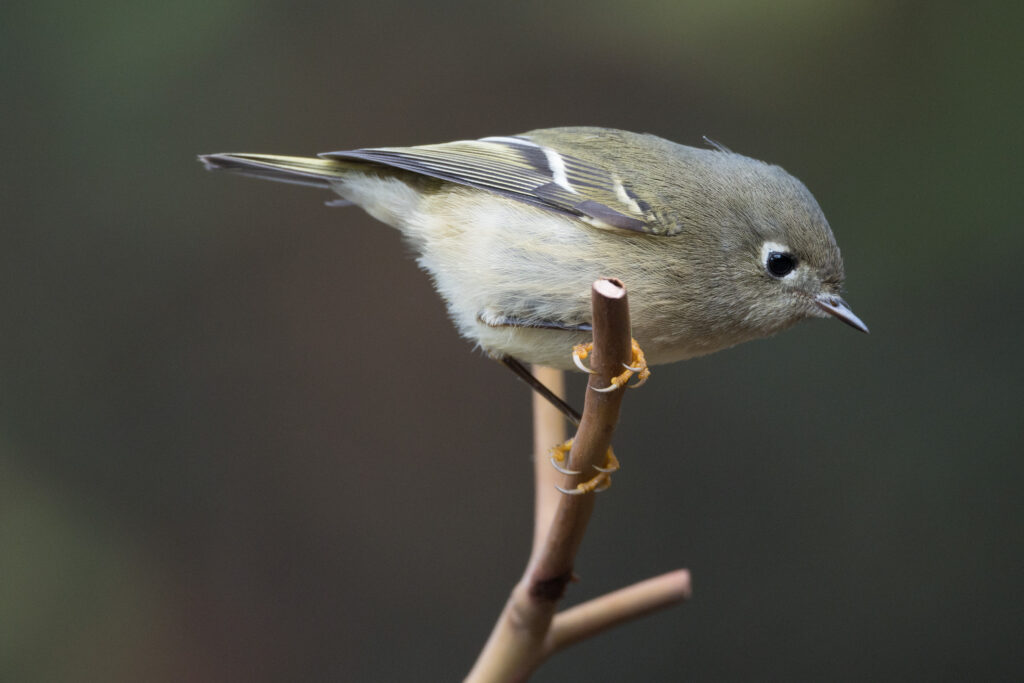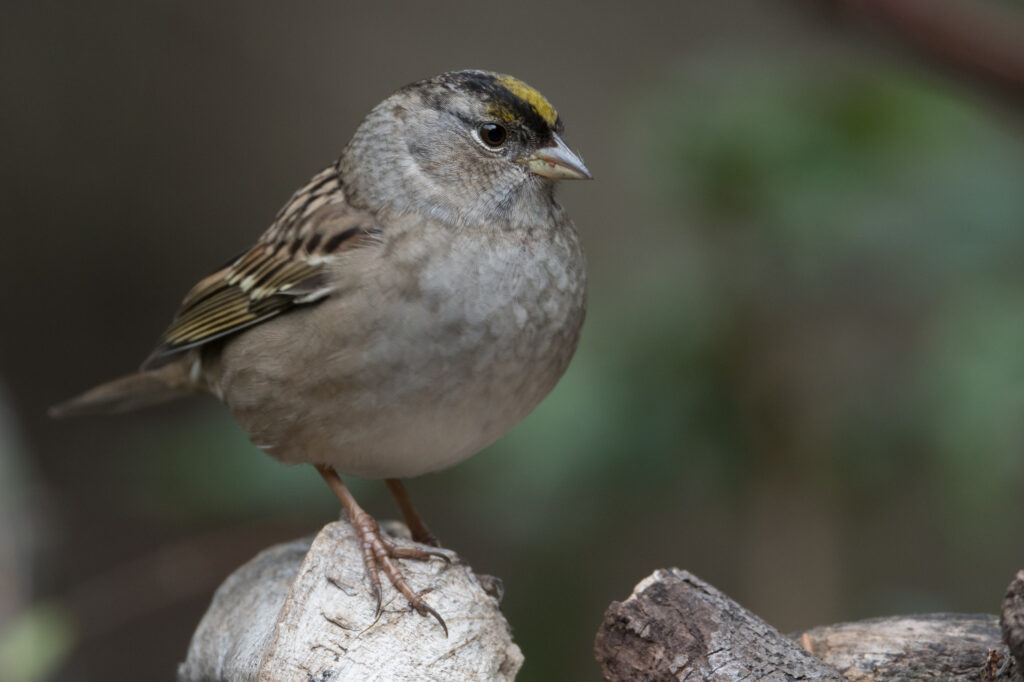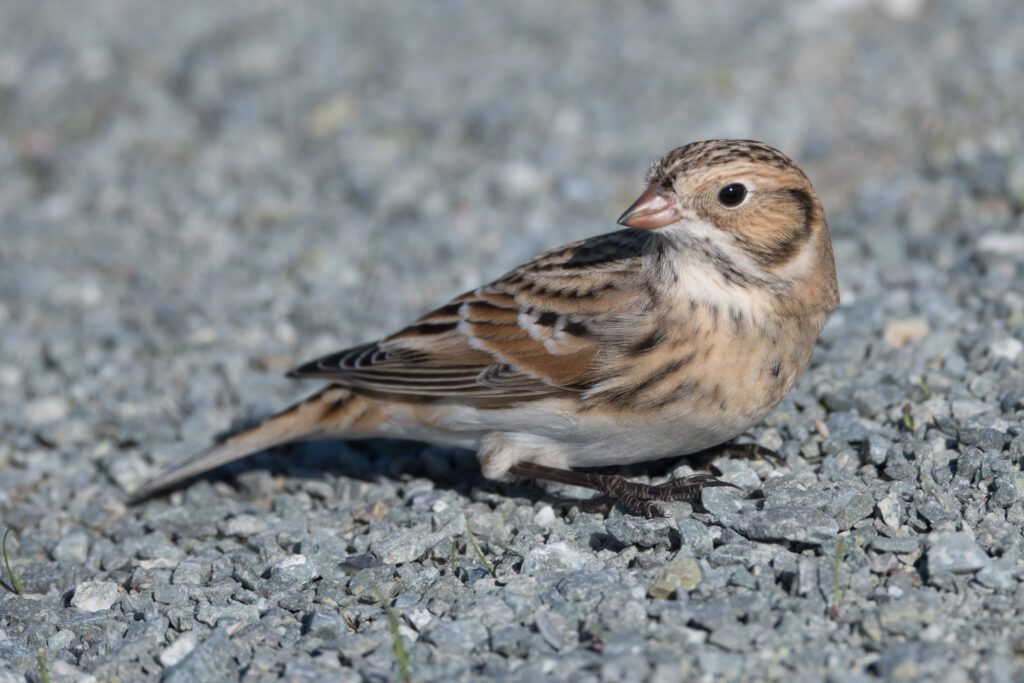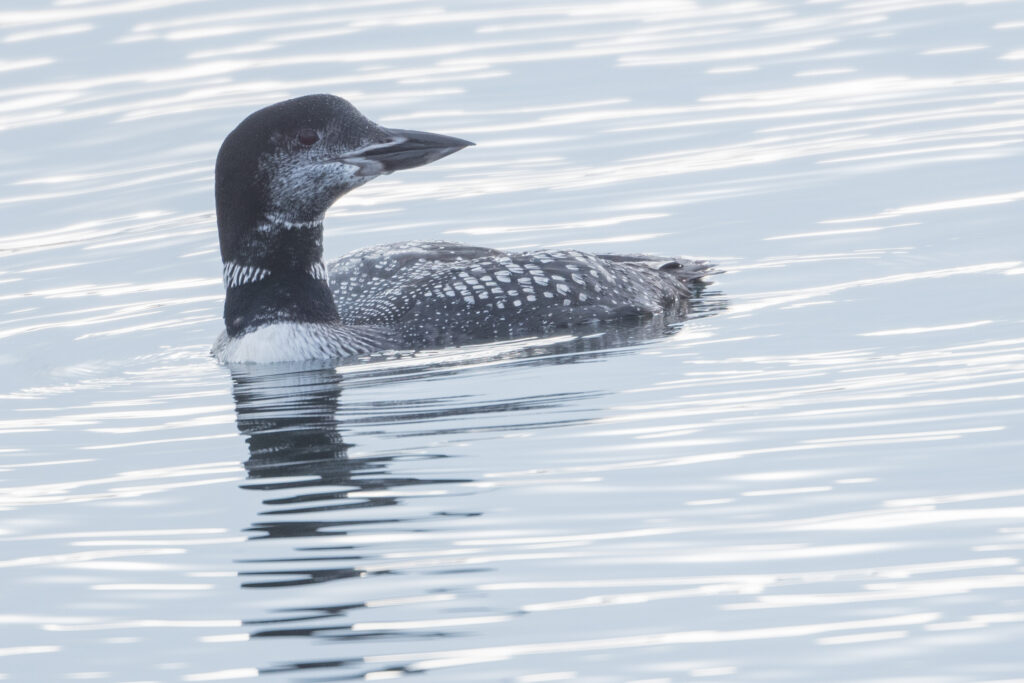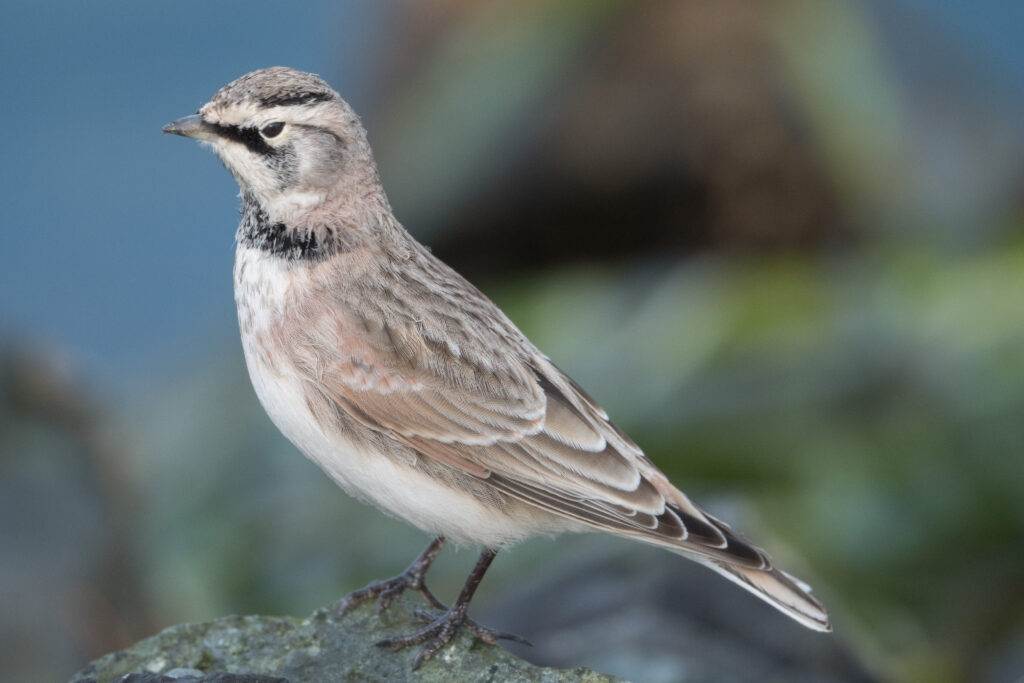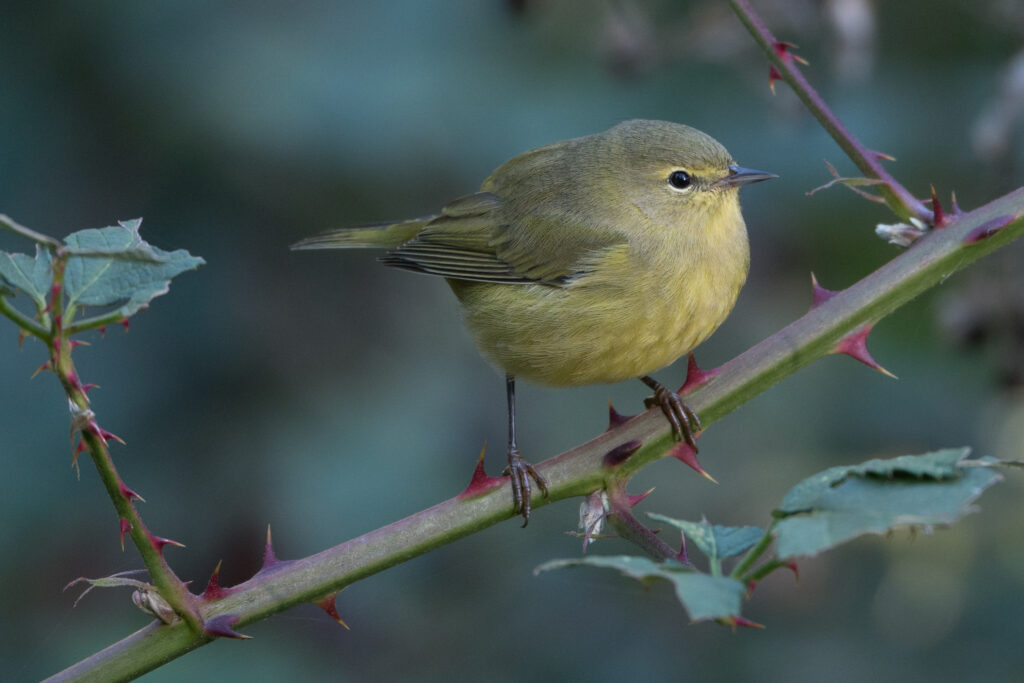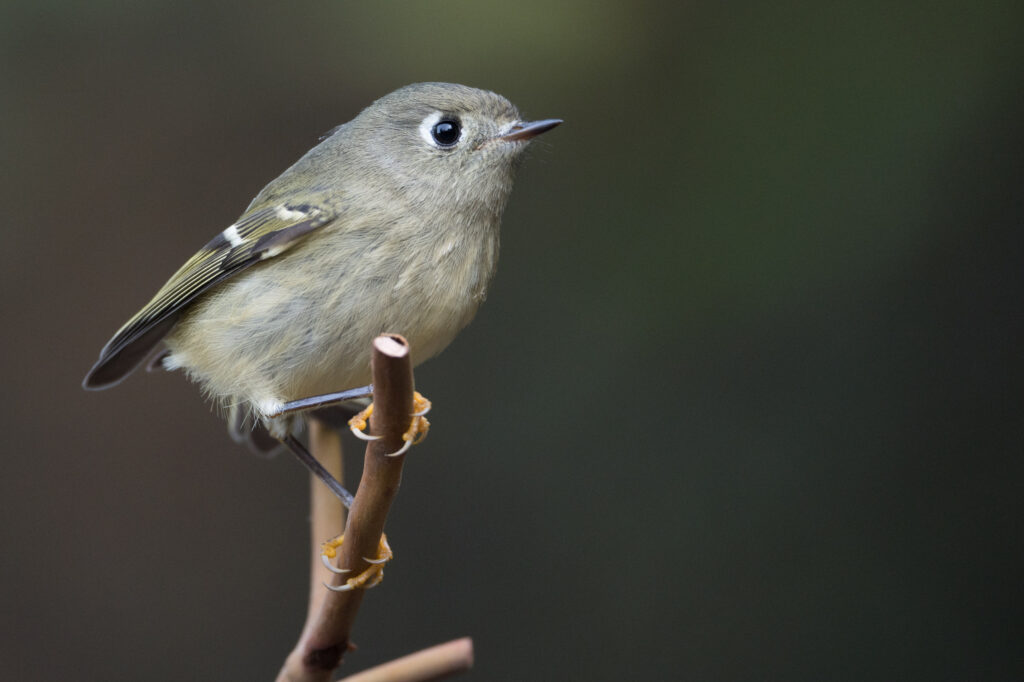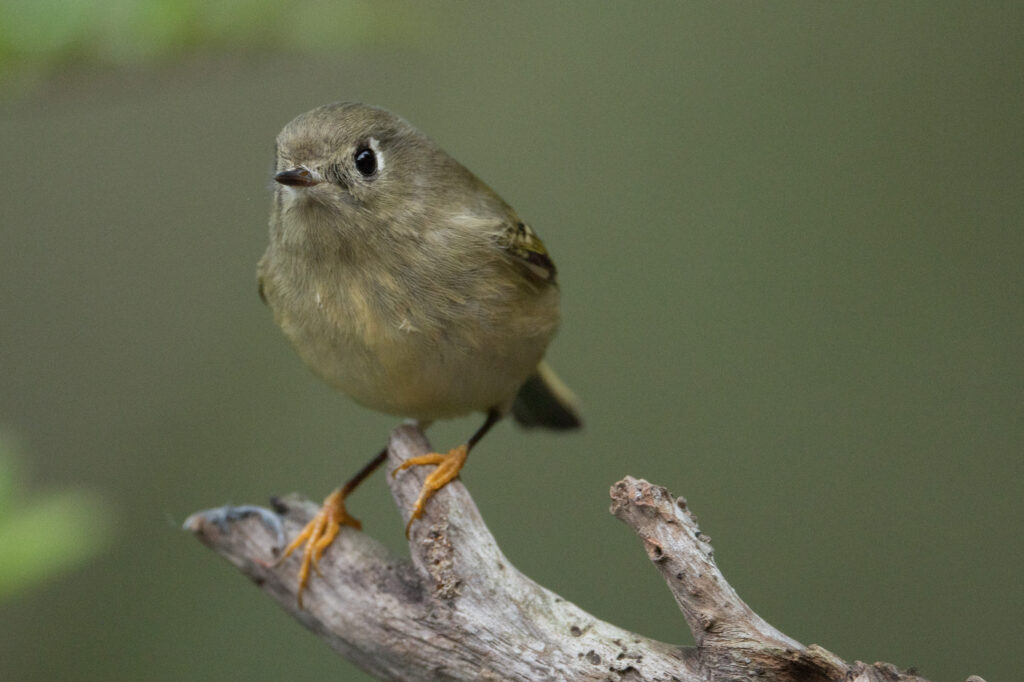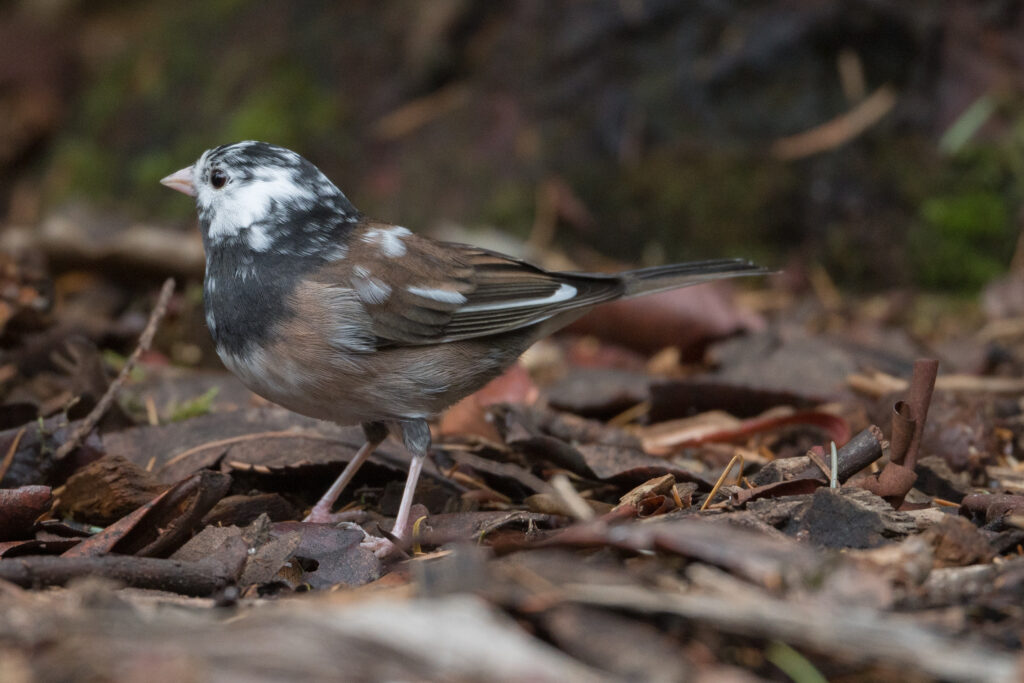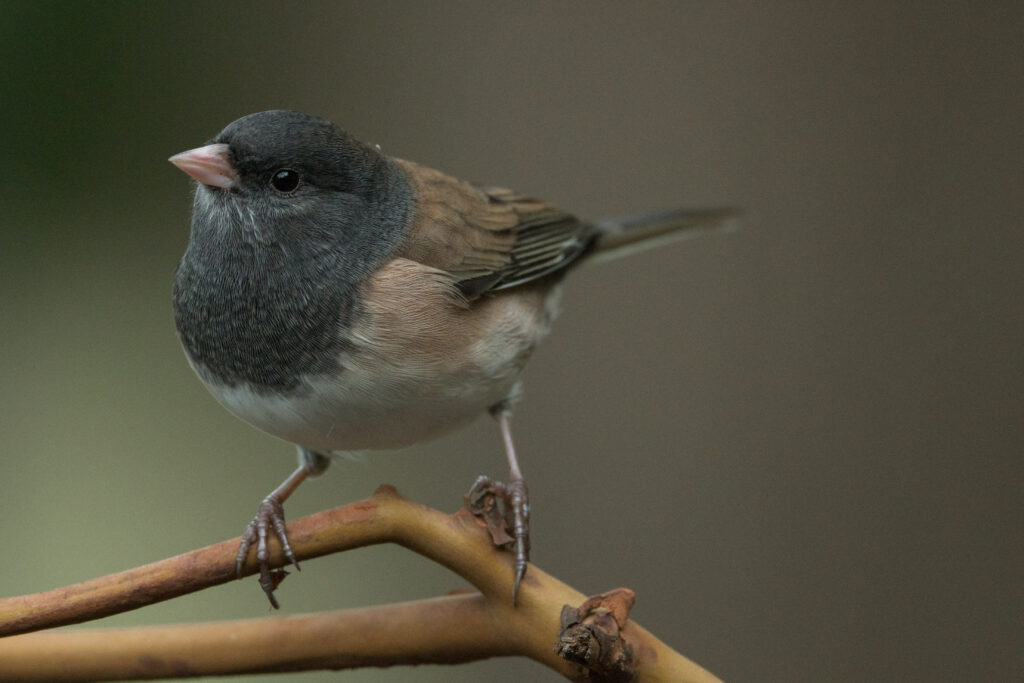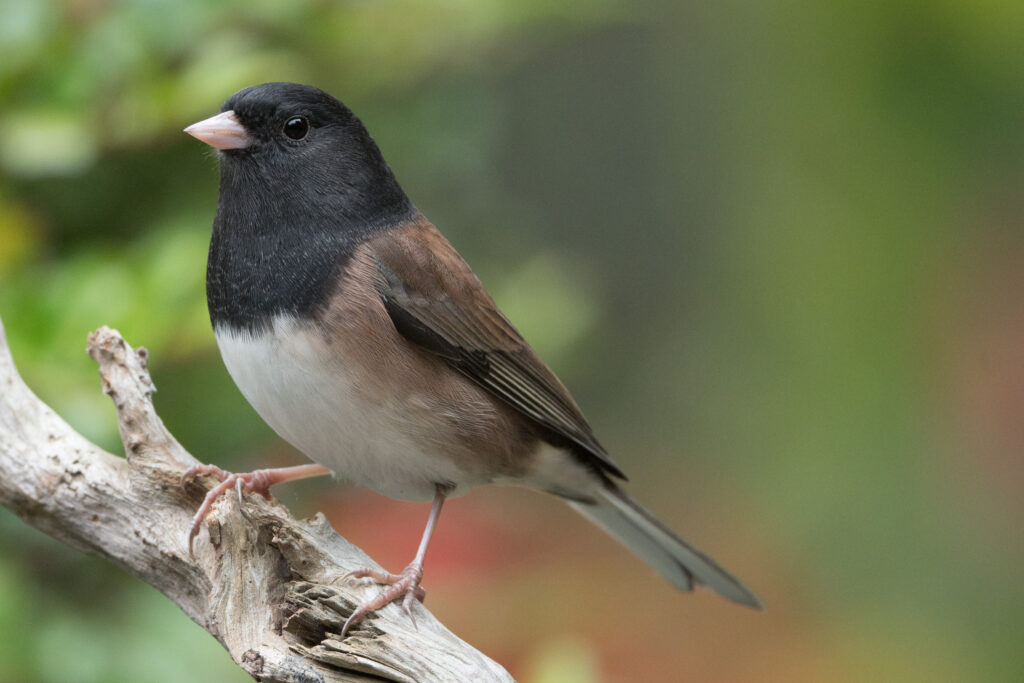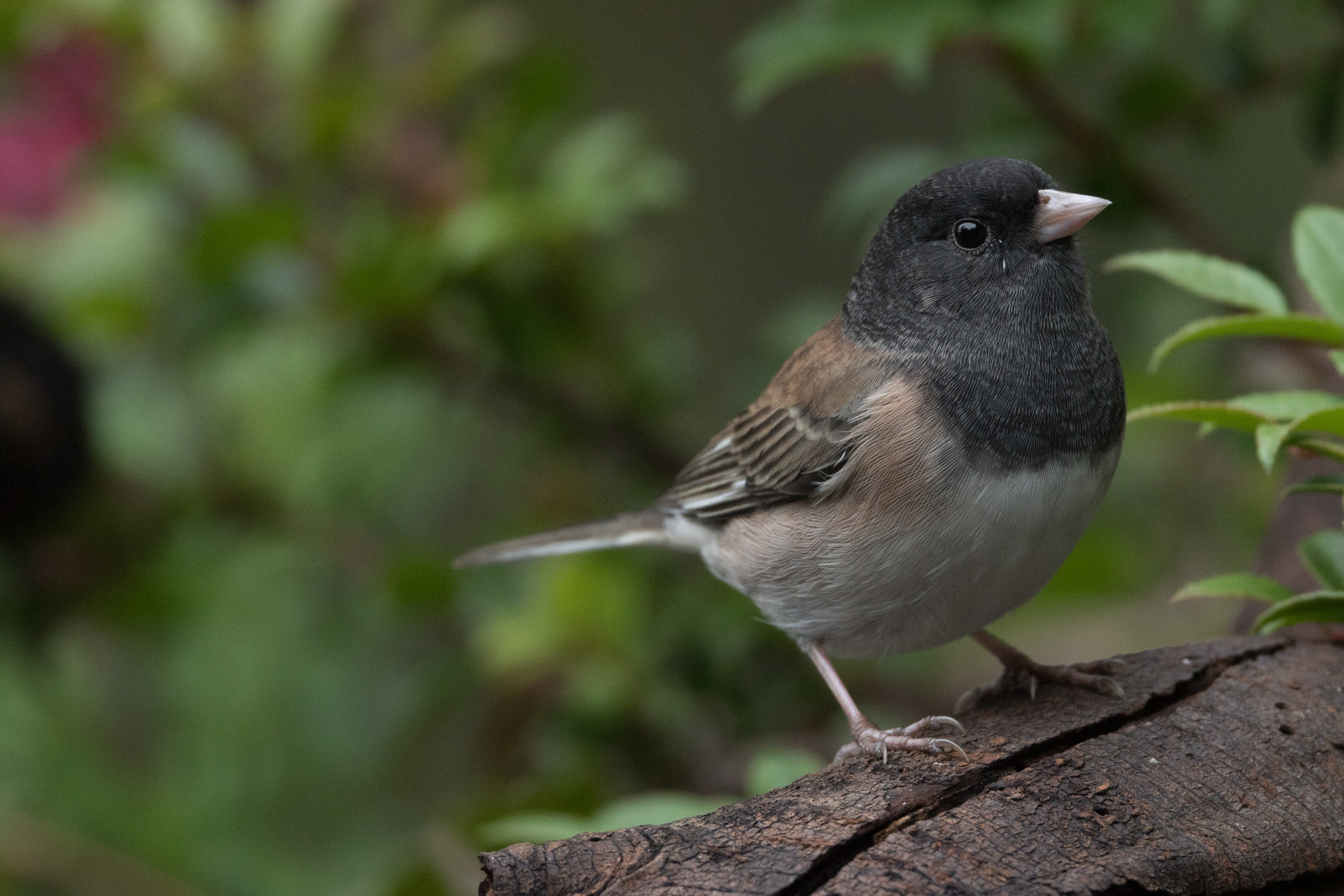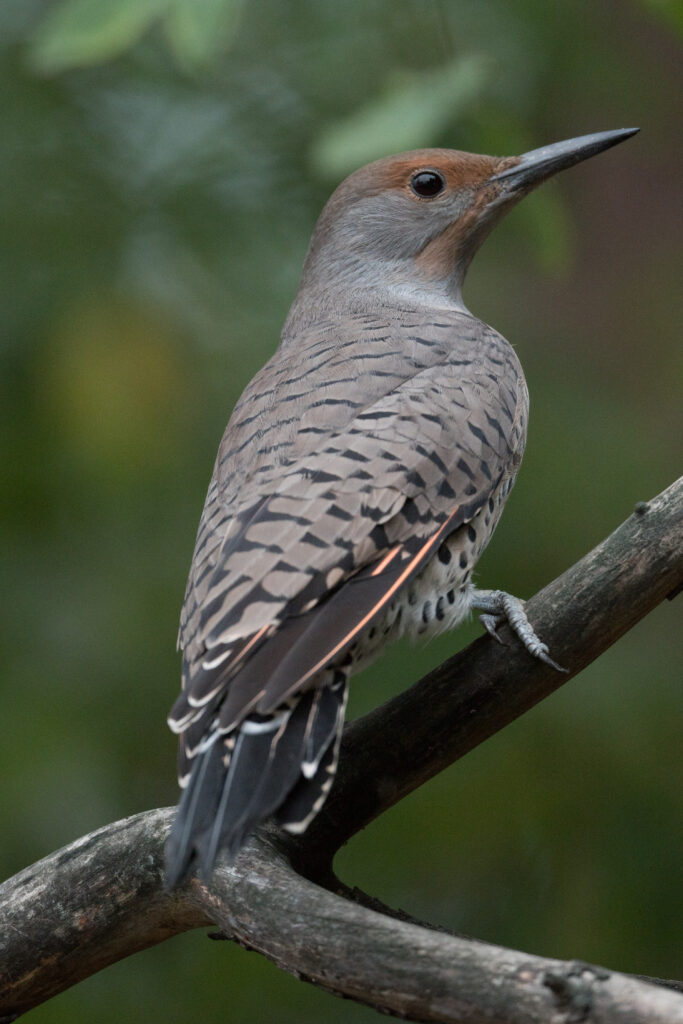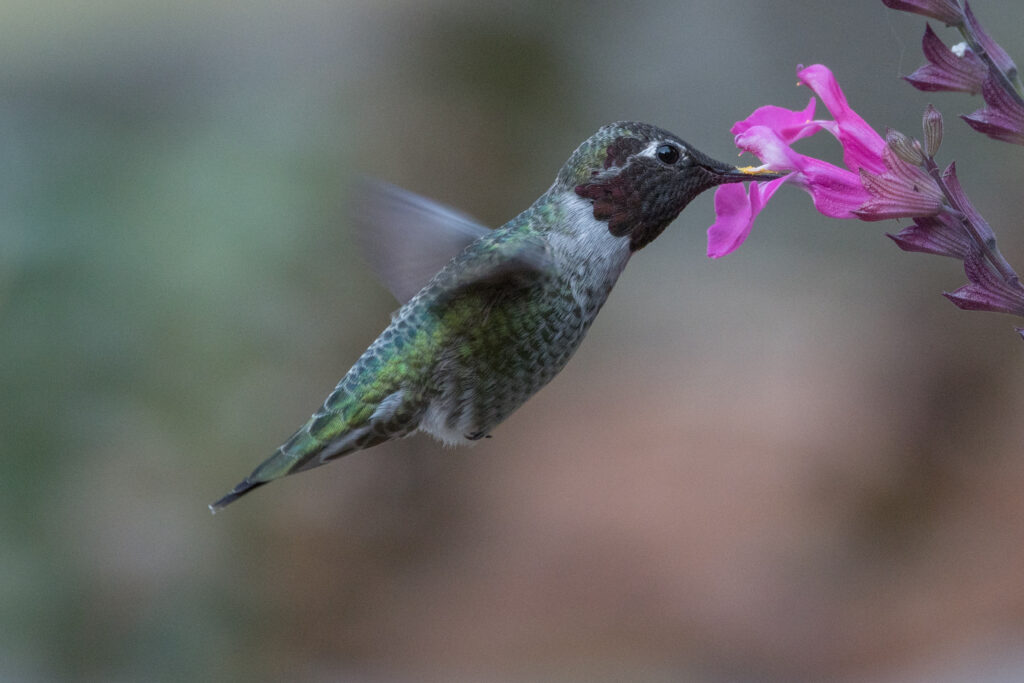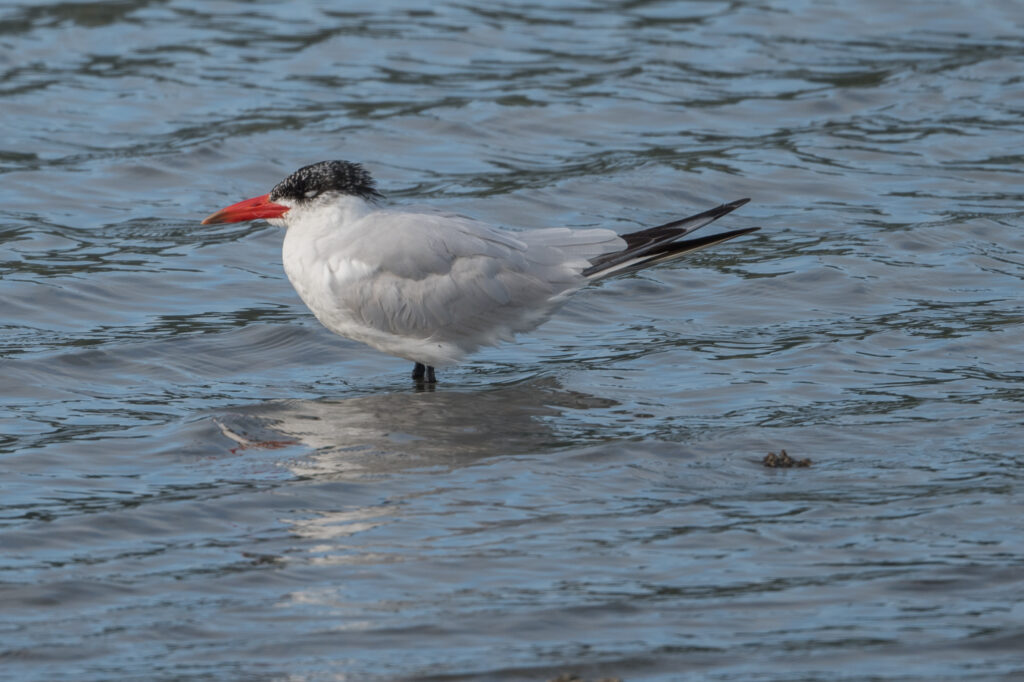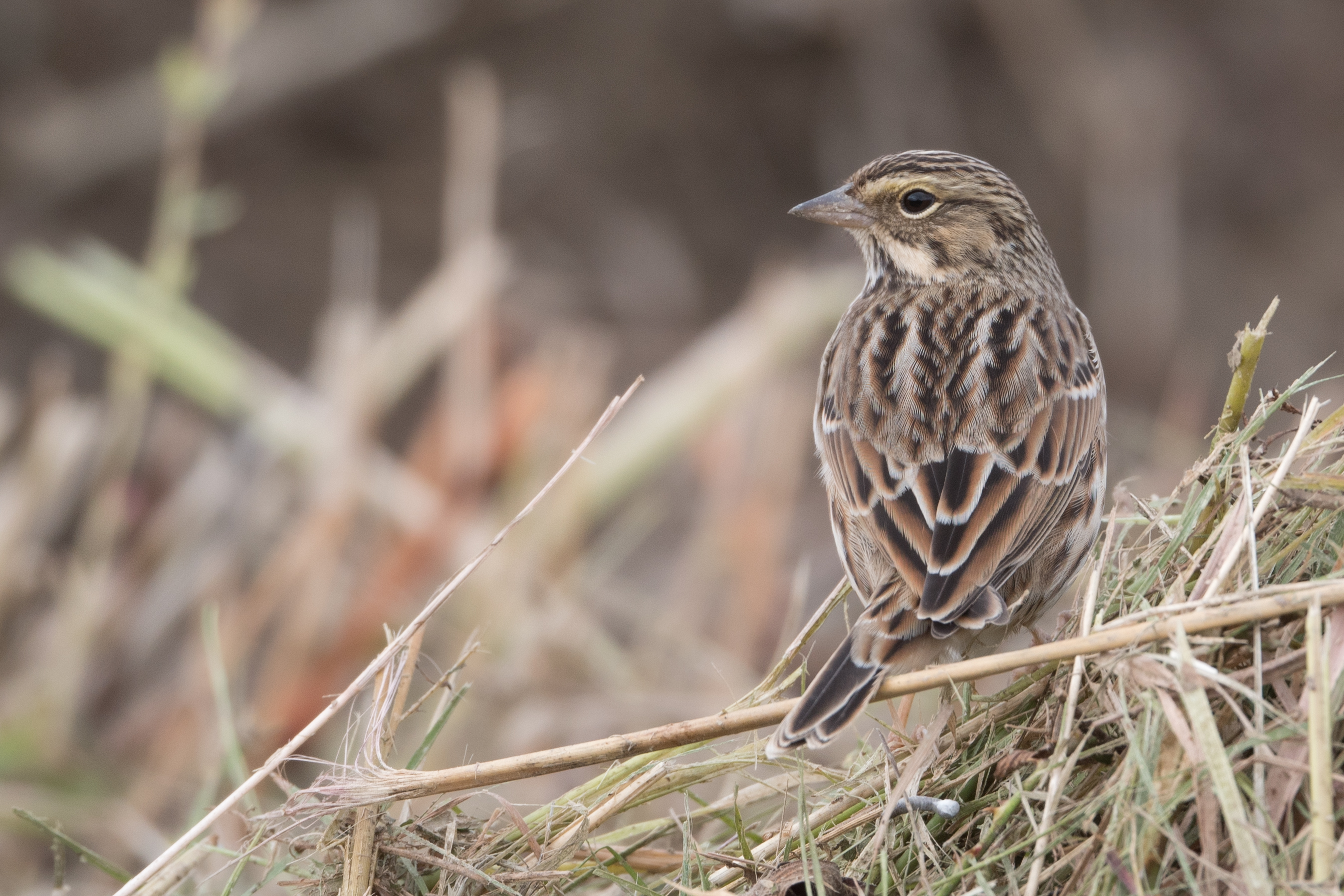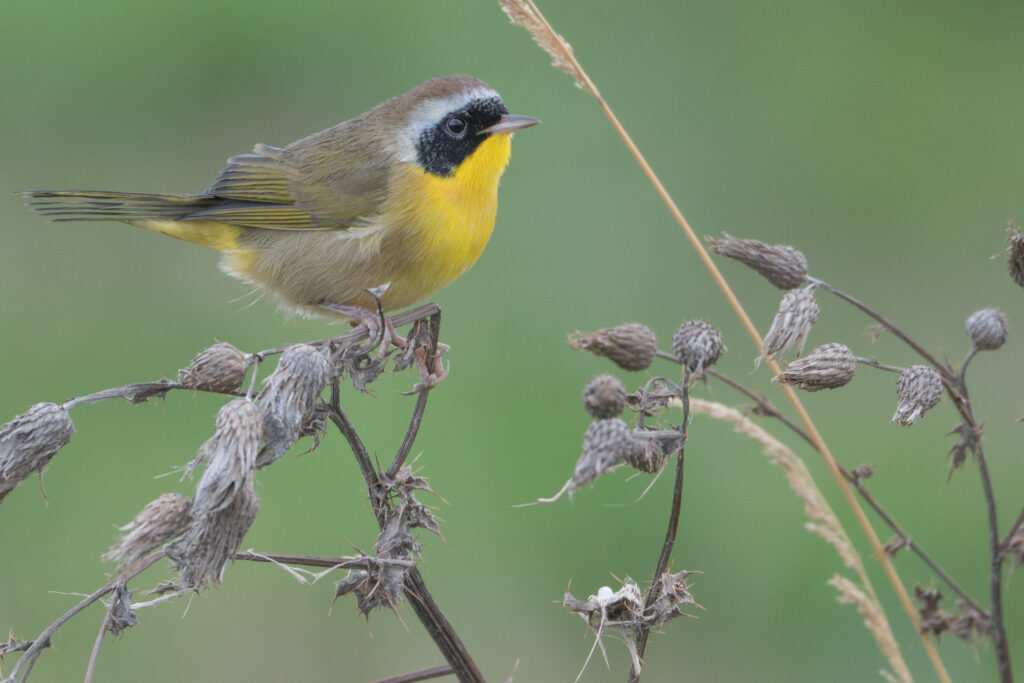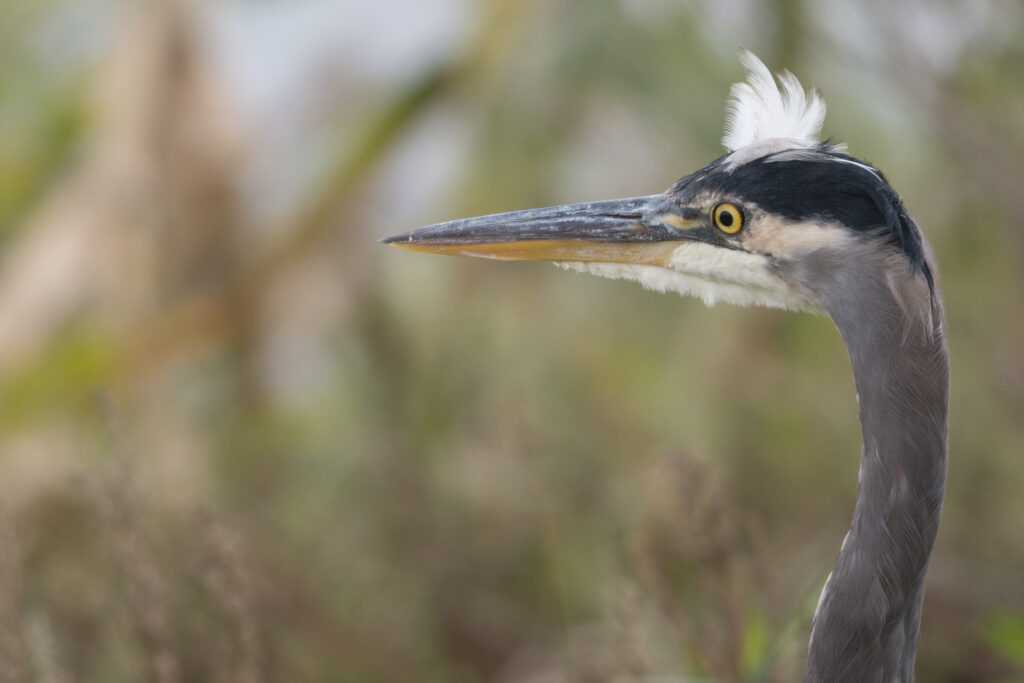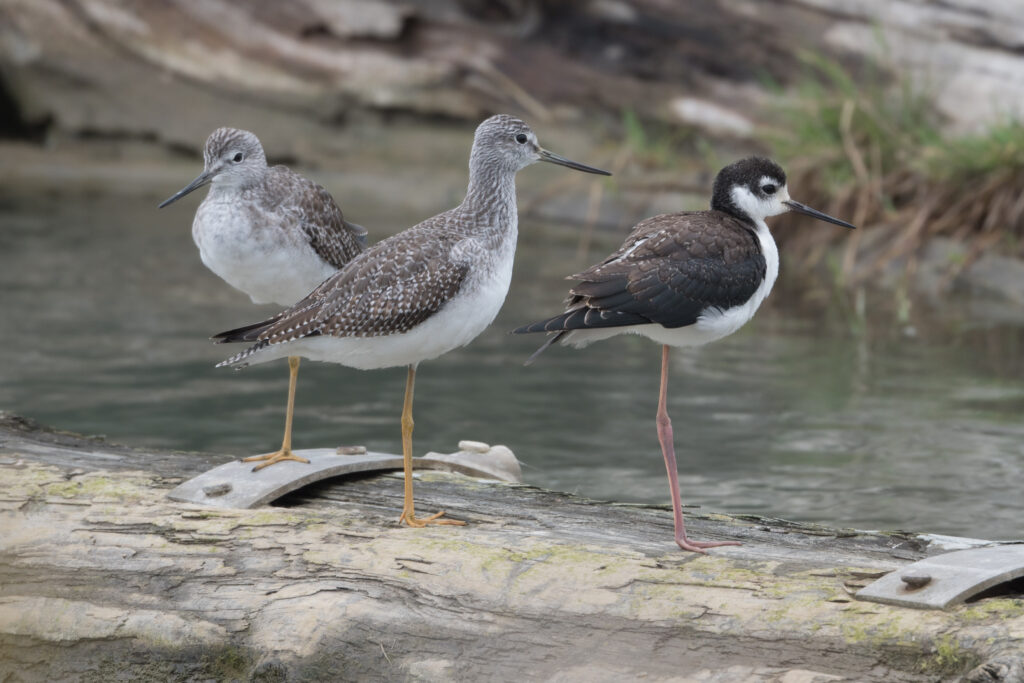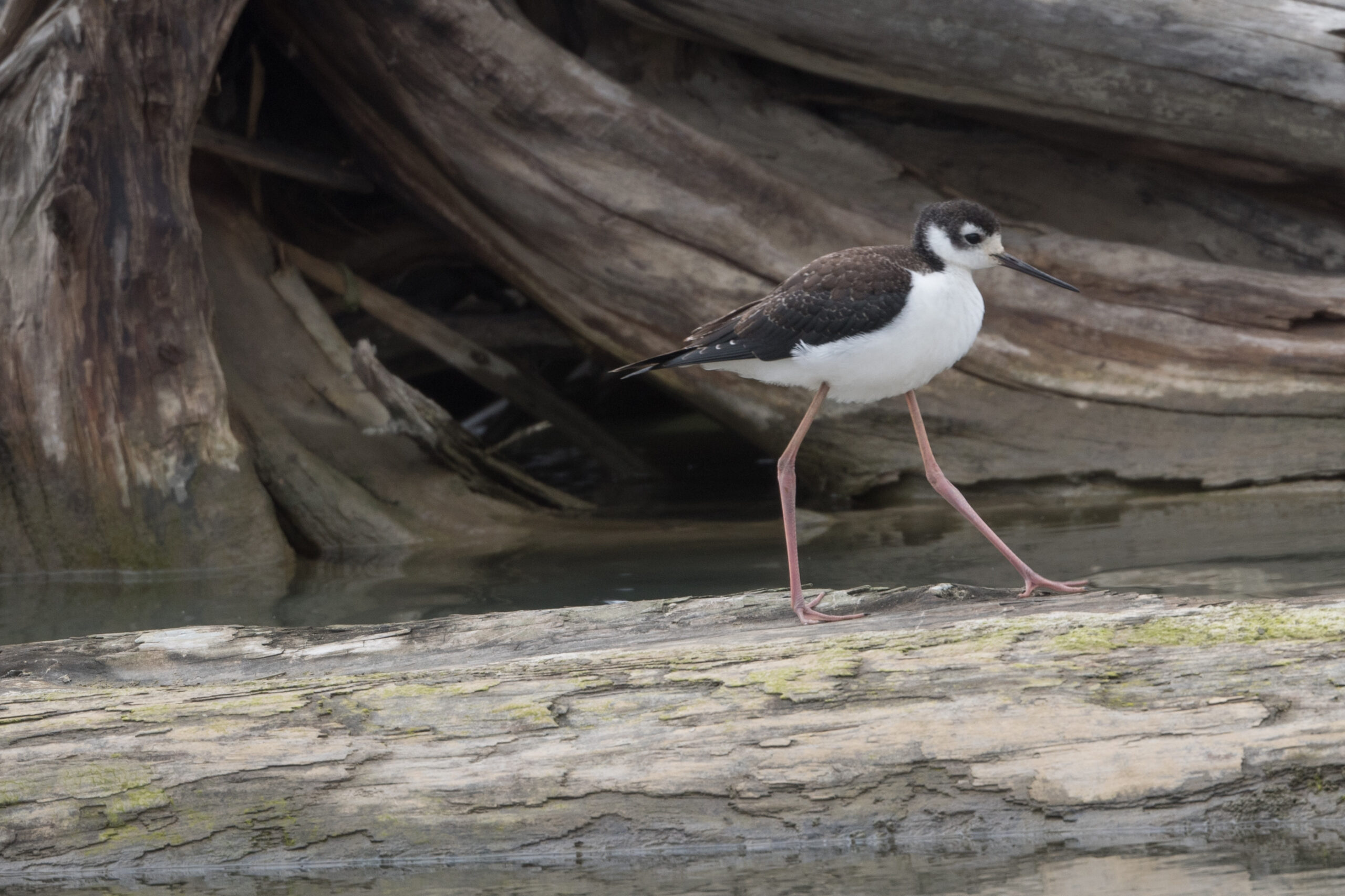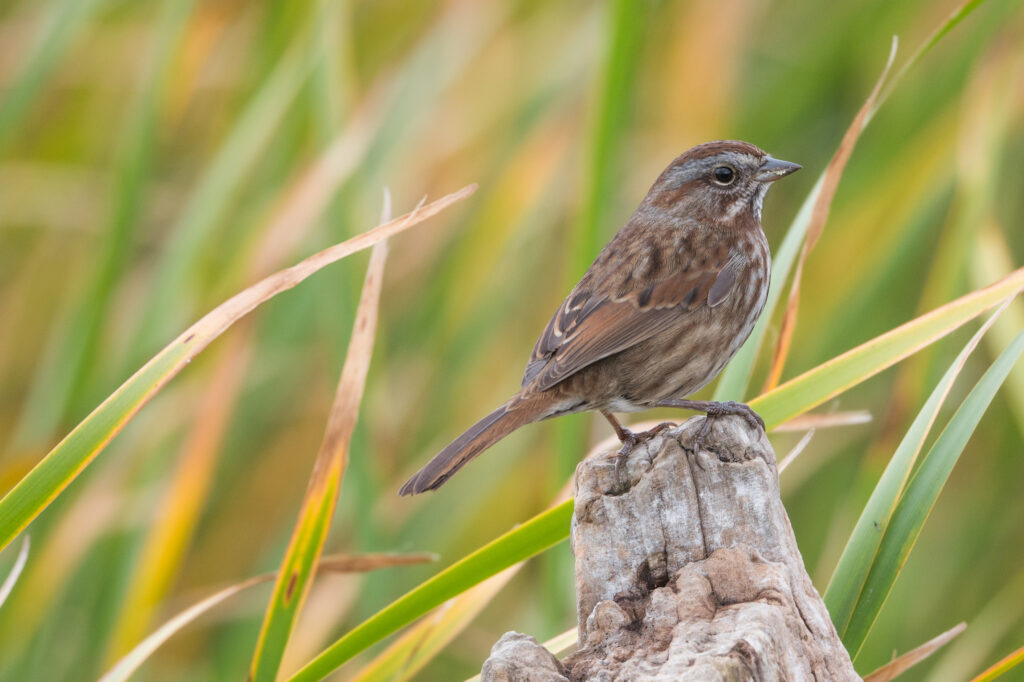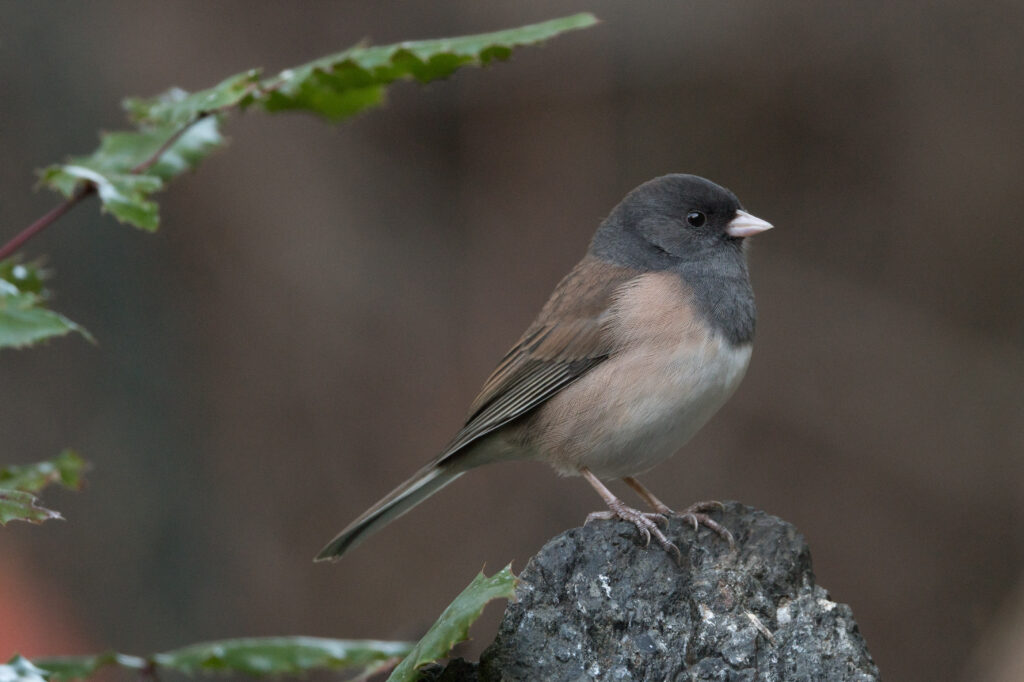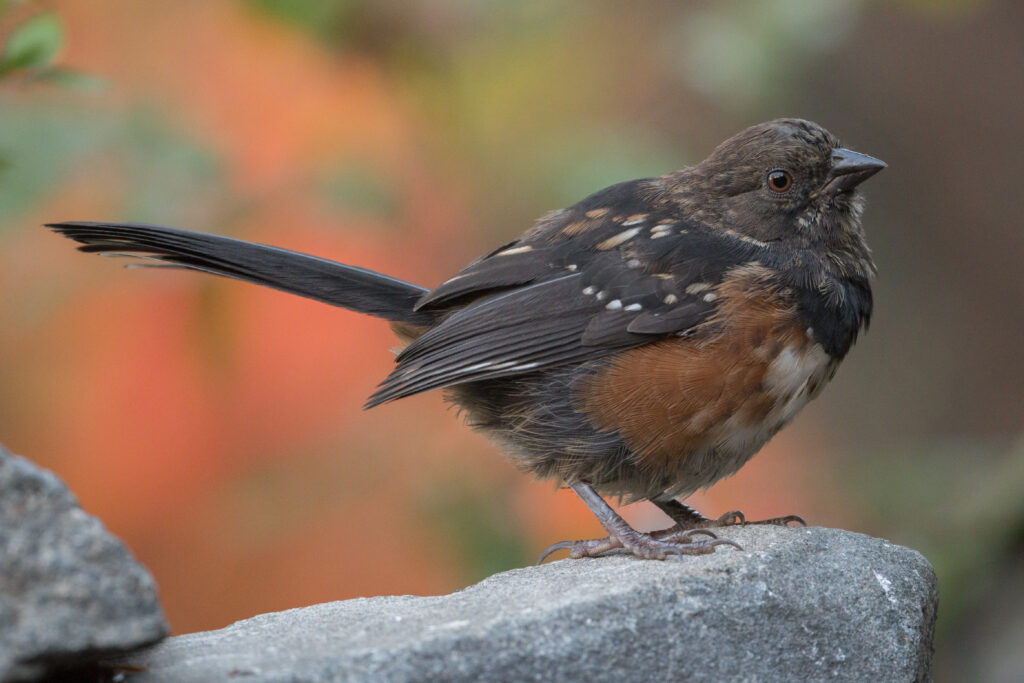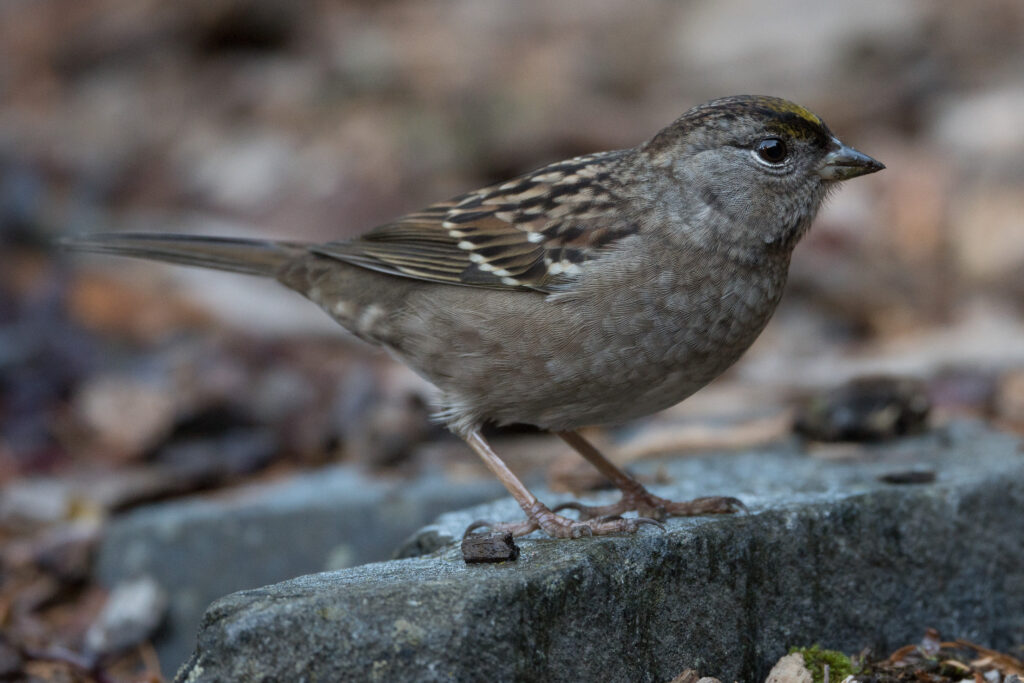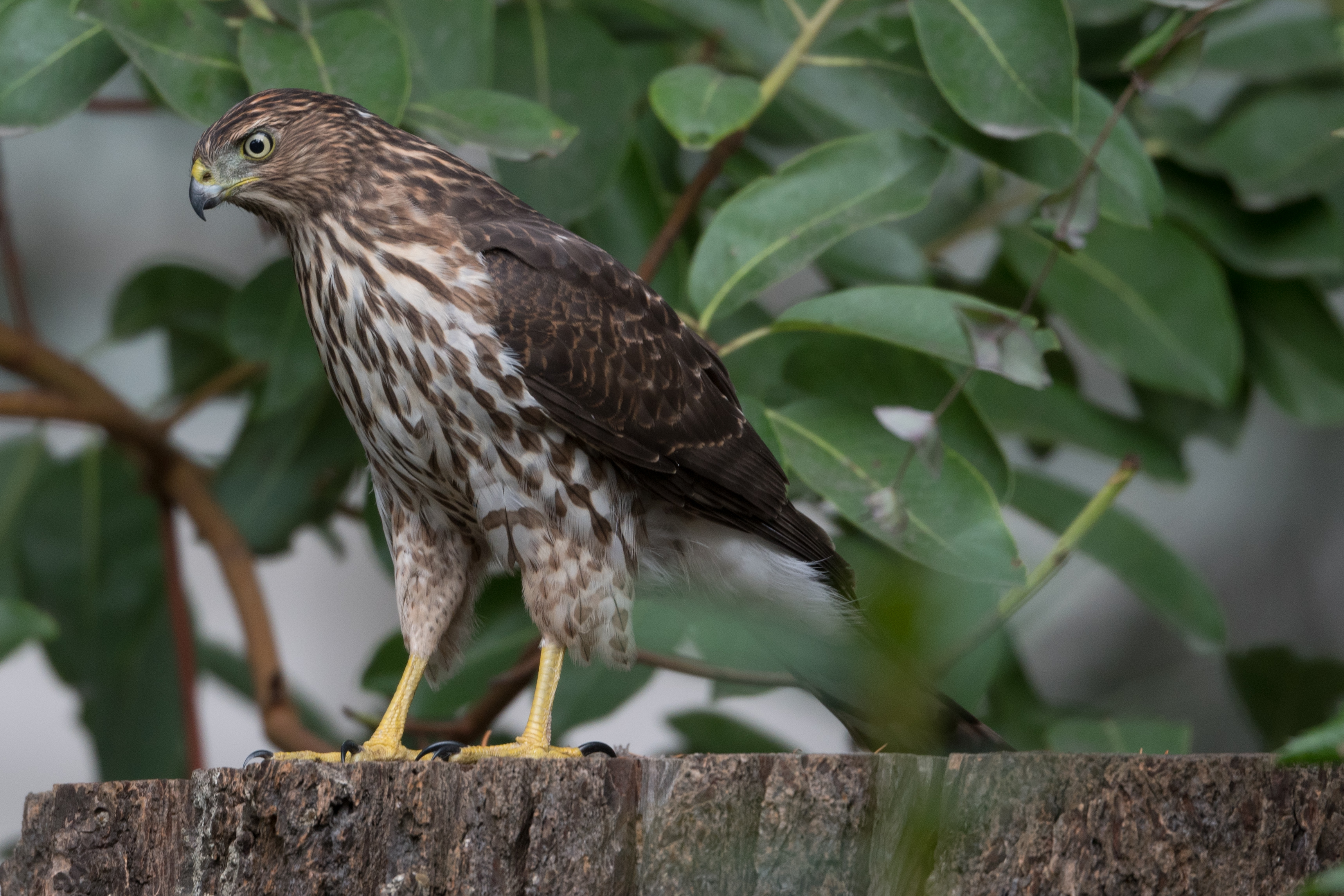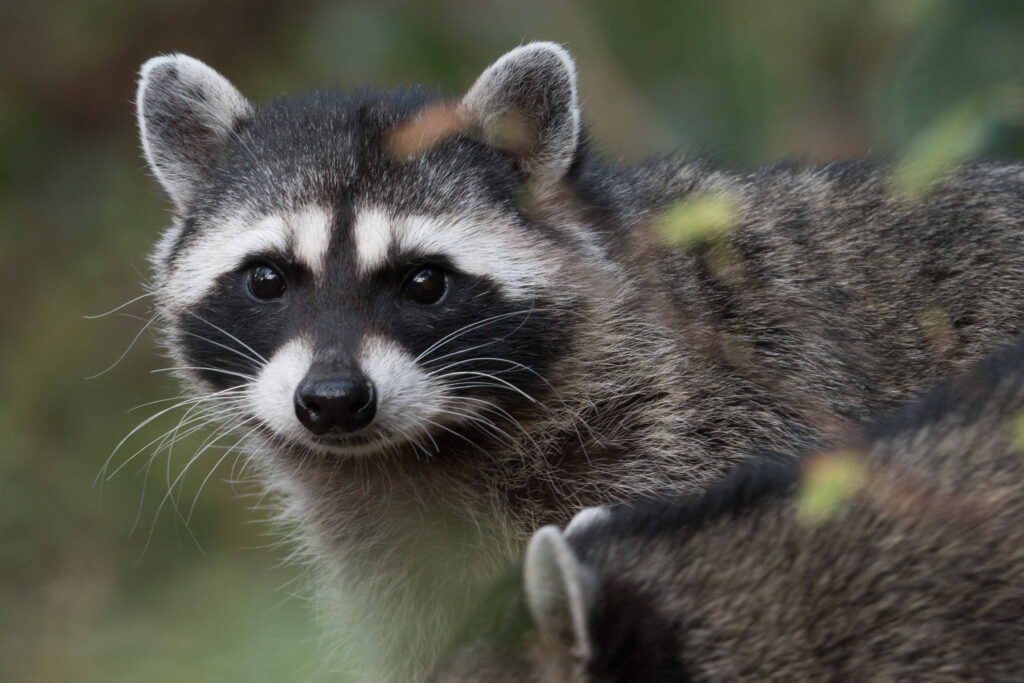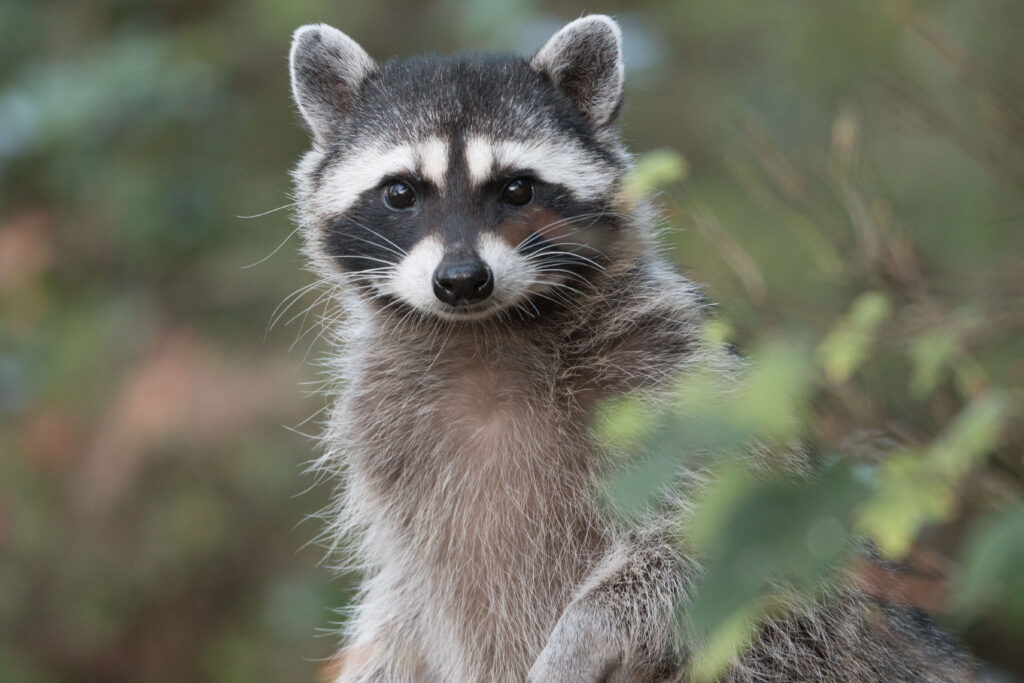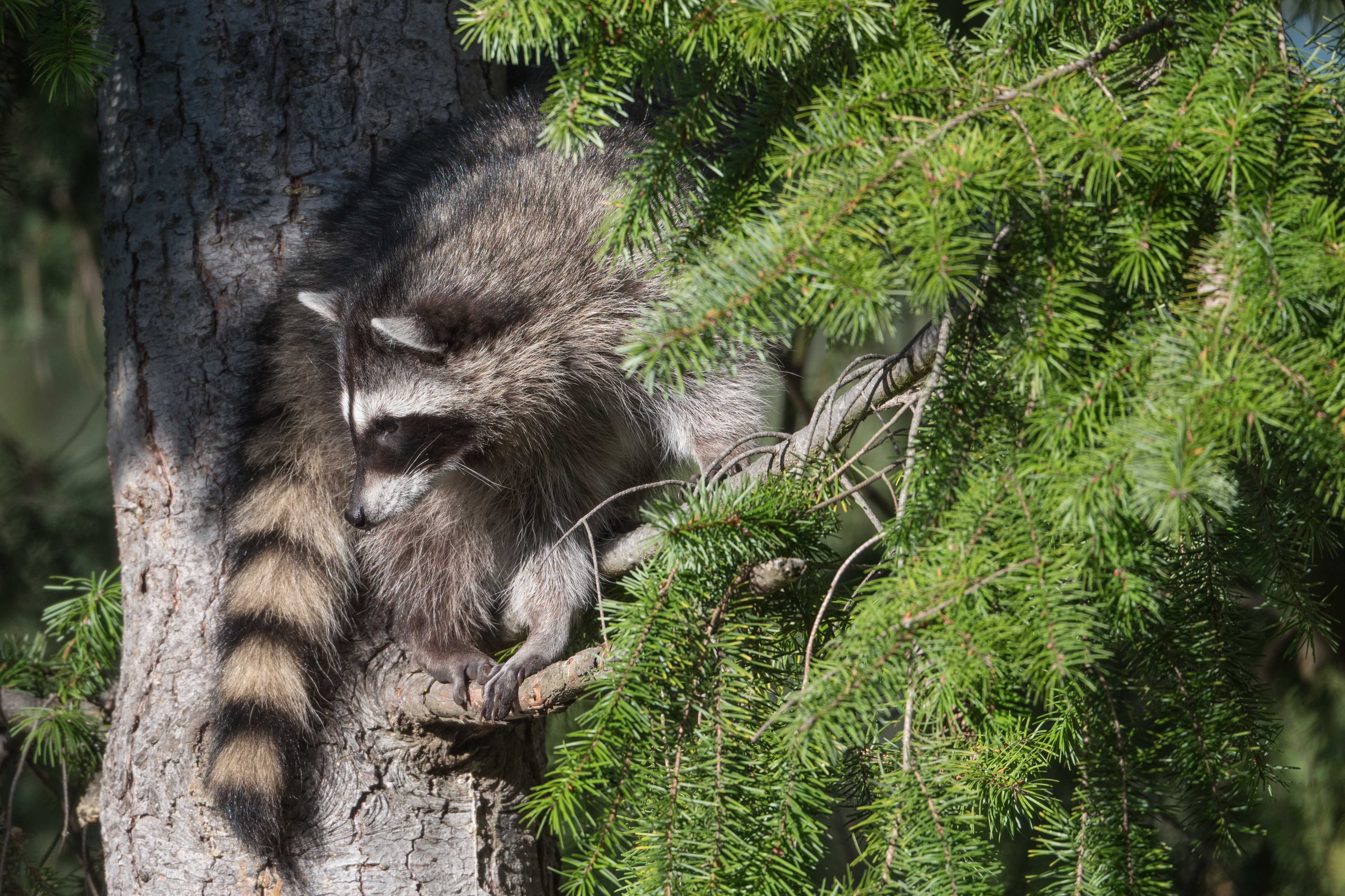On October 16, 2021, we were entertaining out of state guests when I got an opportunity for a little yard break. It was a good day for photography with an overcast that dispersed the light. I spent just over an hour in the yard, took 74 photos, discarded 29 and retained 46. (I note that I’ve retained over 7,000 photos of birds taken in our yard year to date.)
Here are a few highlights of my time in the yard on this afternoon…
I had about four visits from one or more Golden-crowned kinglets, but none descended from relatively high in the trees to present an opportunity for photographs. We had a single visit from a Ruby-crowned kinglet but it too remained too active and distant for photographs.
My first opportunity for photographs involved a male House finch…
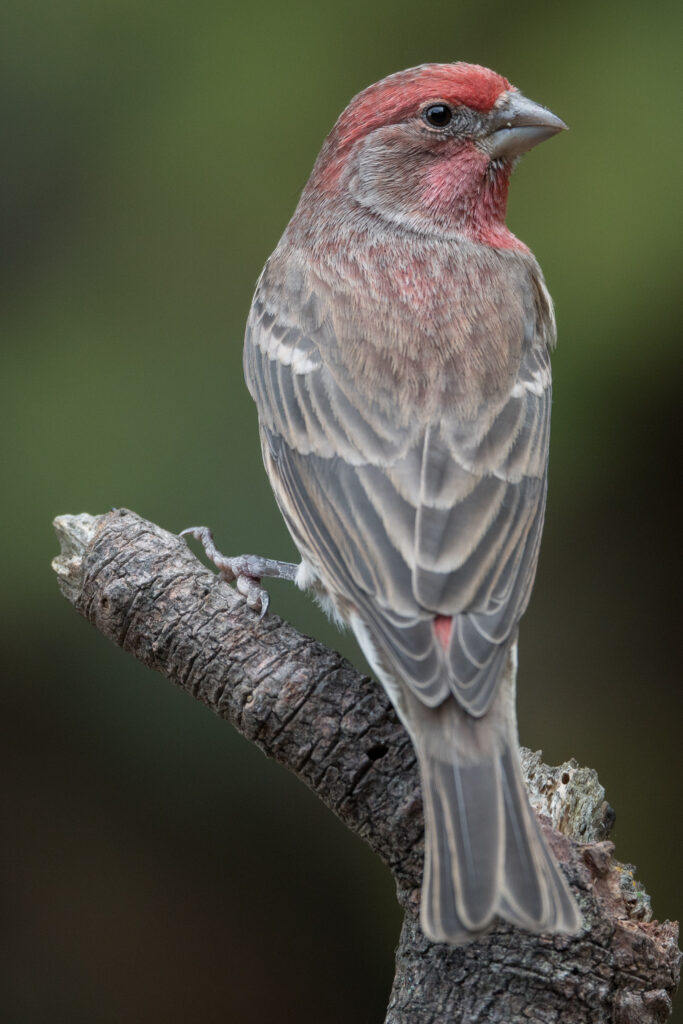
A Brown creeper, one of my favorite birds, was the first of a somewhat rarer species that arrived in the yard. The creeper(s) almost all follow the same path out of the yard… the draw to the yard seems to be a bath in a shallow bird feature cut out of a single block of rock. In this photo the creeper has bathed and is on its way out of the yard via a madrone tree immediately adjacent to the bath.
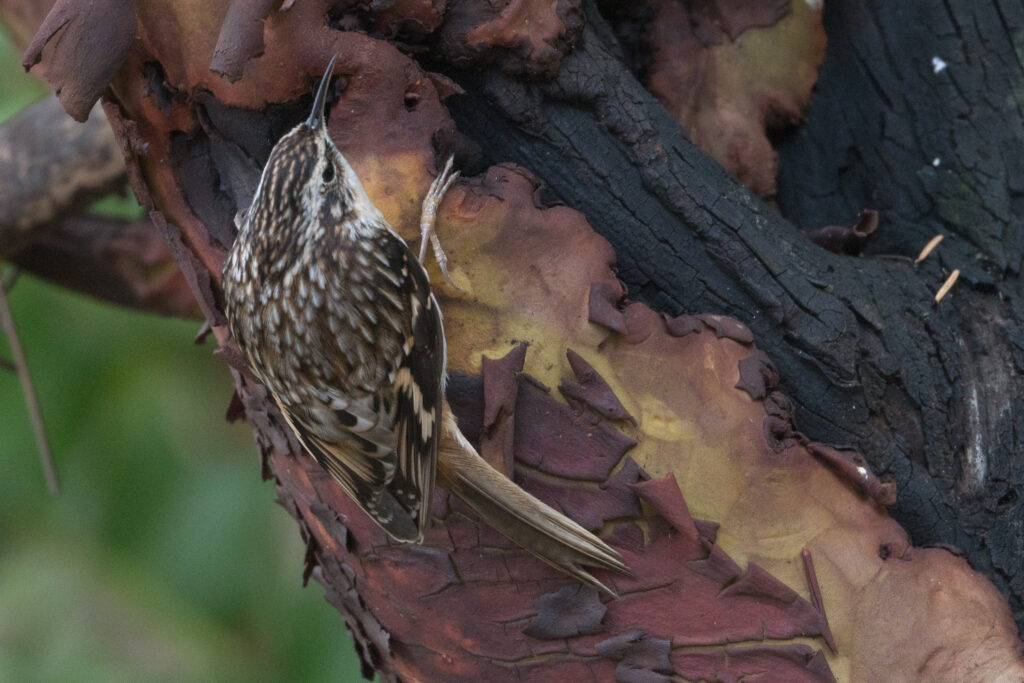
We have only one Song sparrow in the yard and that may be it for the winter. They are not gregarious birds so we don’t expect more than a couple.
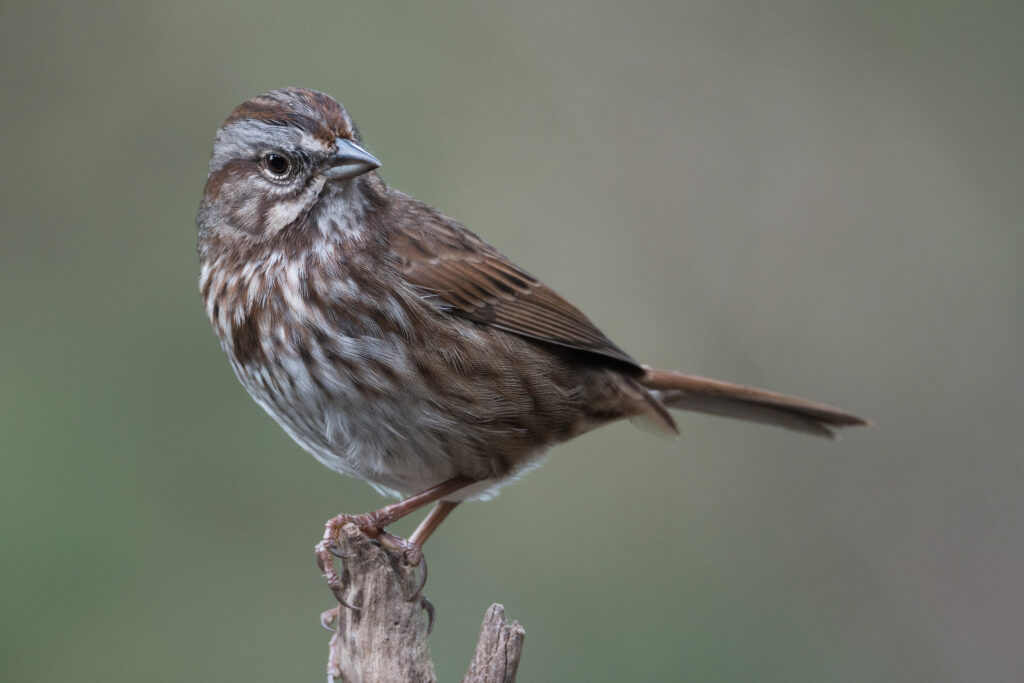
Our Dark-eyed (Oregon) junco population in the yard has grown to about ten, but in another month or so that population may double. The juncos will be our most numerous species for the duration of the winter.
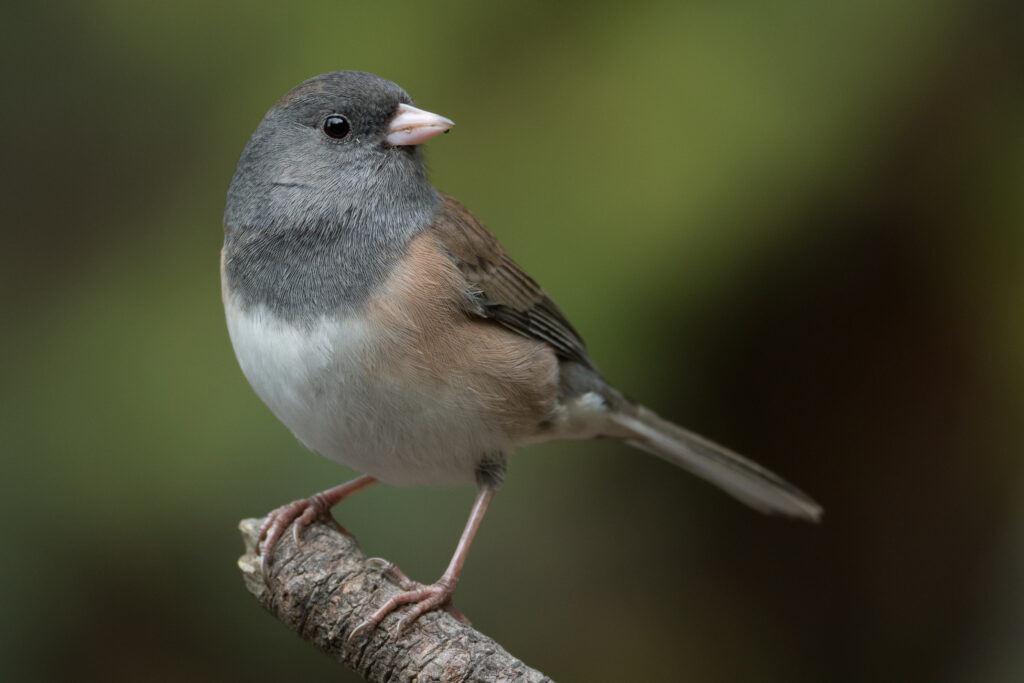
Our rarest visitor for the day was a Yellow-rumped warbler. Owing to the subtle amount of yellow on the bird I suspect it is a juvenile. I had several visits from the species on this day and one visited the watercourse and attendant staging objects, providing me with good opportunities for photos.

Just before I retired for the day a female Northern flicker entered the yard to access the suet feeder.
